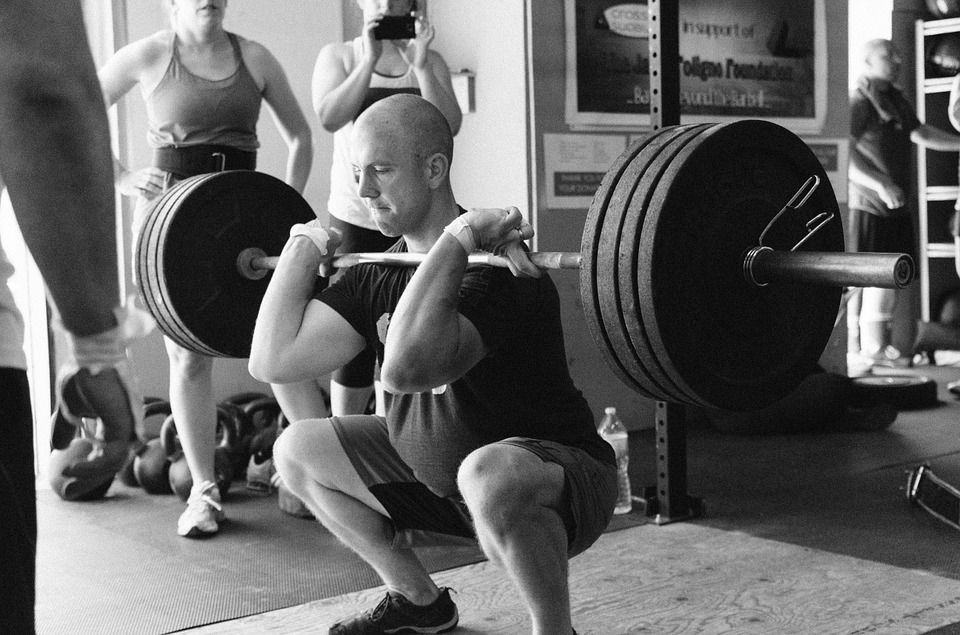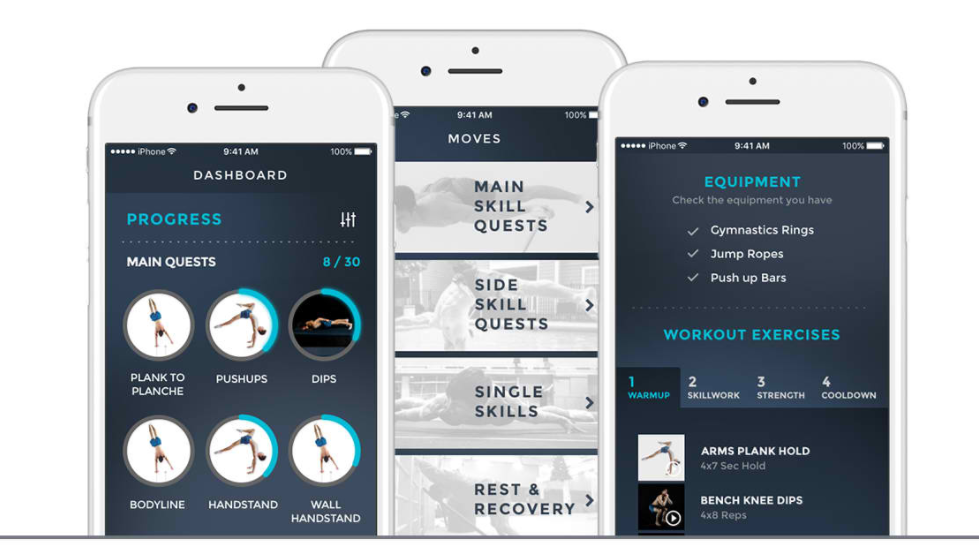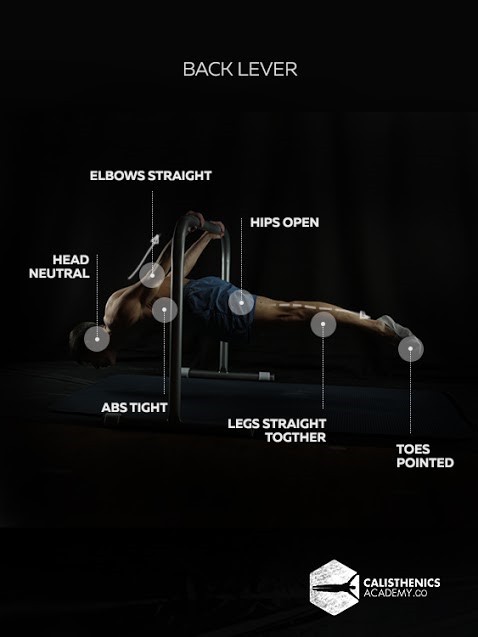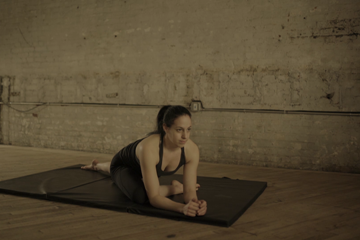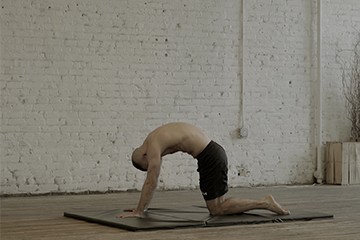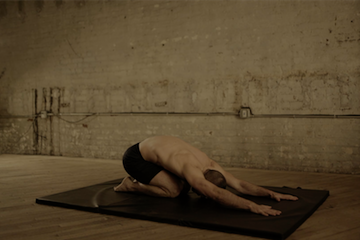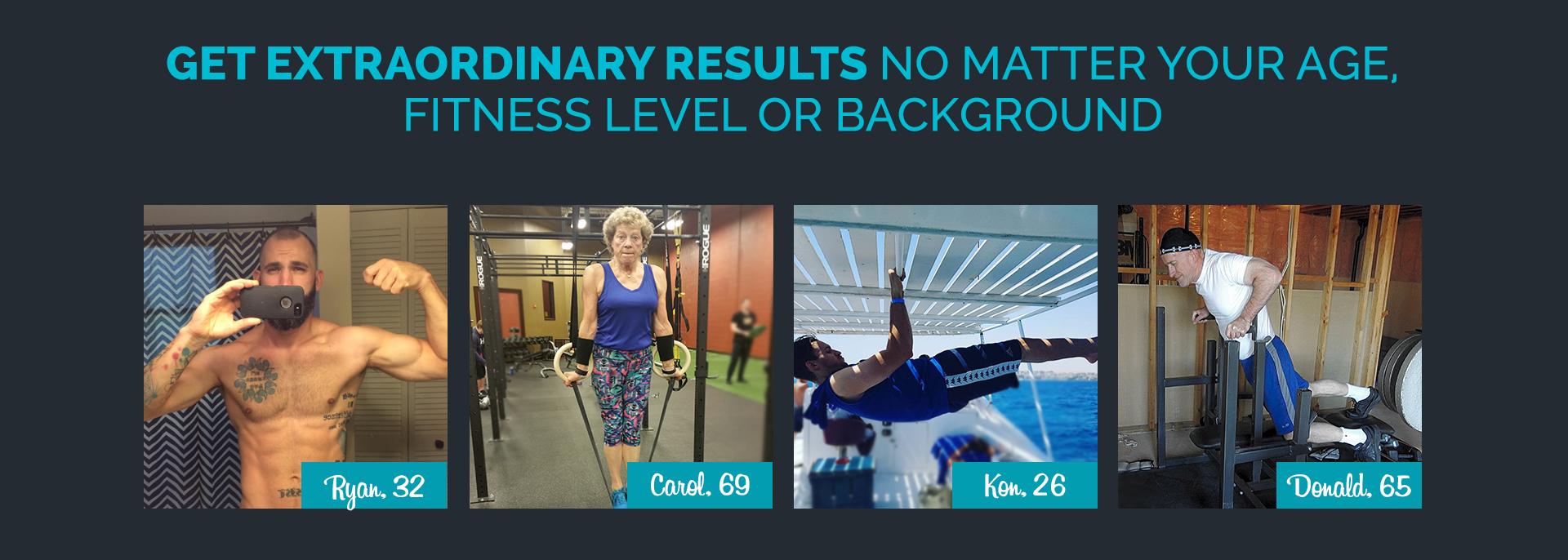Join the tribe of Movement & Calisthenics Athlete – People just like you that are working with their own body weight to get strength, lose fat build muscle, recover from injuries and live their best lives!
However, an athlete’s daily plan gets compromised when lower back injuries and pains come into the picture – a dreaded one, for that matter. In fact, 20% of sports-related injuries affect a person’s lower back. Despite the high rate of injuries, there’s an easier and more accessible way to prevent and heal lower back pain. Read on to find out more!
Athletes Experiencing Lower Back Pains
For powerlifters, three lifts are common – squats, benchpress, and deadlift. For those into CrossFit, they undergo intense strengthening and conditioning workouts which also include weightlifting.
Lower back injuries happen not only in the aforementioned fields but in nearly all other sports such as running (because of the repetitive impact) or golf (because of the twisting motion).
Non-Athletes Experiencing The Same
Studies say that 8 out of 10 people experience lower back pains, whether athletic or sedentary, so even non-athletes come under the risk of lower back pain. It can start in a person’s early twenties up until adulthood
Common causes of lower back pain for non-athletes include the normal lifting and carrying of heavy materials for physically demanding jobs, inappropriate bending and reaching, falls, and even prolonged sitting, obesity, and cigarette smoking.
How Lower Back Calisthenics Can Help
While there is available medication for relieving lower back pain in the form of OTC drugs or injections, there is actually a cheaper and natural way to healing – lower back calisthenics.
The calisthenics program is almost always left out for being too simple or complicated for a beginner to even consider as an exercise program. However, there is certain benefits calisthenics can offer to help you with your lower back issues.
Simple Routines Progressing to Challenging Workouts
The simplest calisthenics routines can develop into intense and challenging regimen that deliver real results. Regardless if you are a beginner or an experienced athlete, calisthenics will always keep your body moving and help you get stronger.
However, it is important that it is personalized!
It is a critical progression that we get all our athletes through to develop a strong lower back. Here’s how it looks:
Advanced Calisthenics Back Exercises
If done right, progressions should slowly lead you where you need to be in terms of all the elements. Back Lever and Bridges are advanced moves that you should take your time developing.

BRIDGE
A bridge is an exercise that builds glute and hamstring strength while increasing back and shoulder flexibility. This exercise also increases core stability and targets abdominals.
1. For the starting position, lay on your back and bend your knees up, bringing your feet towards the butt. Keep your feet flat on the floor.
2. Bend your arms and place your palms next to ears. Keep your palms flat on the floor, just past your shoulders. Your fingertips should be pointed towards your heels.
3. Push up simultaneously through your palms and heels into a bridge. Keep your elbows straight, chin on your chest, and hips pushing high.
4. Bring your feet together and straighten your legs. Keep your heels flat on the floor. Hold this and then return to starting position.
If you have a pain problem in your bottom area from excessive sitting, this calisthenics exercise help stabilizing the lower back muscles. Hip flexors, those muscles that get stuck in your lower back, start to lengthen and as a result, your hips become stronger too.

BACK LEVER
1. Start by keeping your elbows straight, abs tight, and hips open. Grab the rings or bar using an overhand grip. Carefully hang with your arms straight and your legs together.
2. Tuck your knees up into your chest. Open up with your legs straight. Keep your legs and toes parallel to the floor.
3. Put your body in a straight position with your legs straight and toes pointed.
4. Lower your feet behind you, then back to parallel with the floor. Lower your body to the ground.
This exercise allows you to use your body weight while doing away with additional stress on your lower back. It also, in the process, strengthens your core muscles. It works well to keep you stay in balance and away from injury.
No Gym or Equipment Required!
What’s great about those progressions? That no equipment is needed to do the full workout. In the context of daily life, some people find it difficult to give time and effort to go to the gym while others find it too expensive to buy their own workout equipment. In exchange, lower back pains simply get ignored until they become serious medical concerns.
Lower back calisthenics provides a simple and straightforward yet effective alternative for athletes and non-athletes alike. If you need help in healing your lower back, you don’t need to go to the gym, you need minimal to no equipment, it takes up a few minutes of your day, and you can do it all by yourself through calisthenics.
Lower Back Stretches To Heal Your Lower Back Pain

PIGEON STRETCH
The pigeon stretch is important for opening up the hips and stretching the legs. Having tight hips can prevent proper form for other exercises, and can lead to low back pain, hip, and knee pain. This stretch targets the glutes, hamstrings, and quadriceps.
1. Start in a seated position with right leg out in front, bent. Your foot should be towards your body. If you can, try itching your right foot out forward more.
2. Keep your left leg extended straight behind you. Place your hands on each side of your bent right leg.
3. Begin leaning forward, lowering your chest to your right leg. Breathe, while you feel a good stretch.
4. Hold this position for 5-10 seconds, then sit back up. Keep your arms straight beside your right leg.
This calisthenics exercise relaxes and opens up the stiff muscles of your lower back. After doing it, you feel lighter and more comfortable with the movements in your lower body. You become flexible and more agile too.

CAT TO COW STRETCH
1. Begin on all fours. Keep your arms straight and palms directly under shoulders. Lower your head with eyes looking down. Your knees should form a 90-degree angle.
2. Arch your back as your head comes up. This is the cat position. Hold for a few seconds, then transition slowly into cow.
3. Drop your head with your eyes looking down. Slowly push through your shoulders as the upper back is rounded.
4. Lift your head and look up as a final position. Continue alternating slowly for desired repetitions.
As the cat to cow stretch realigns the pelvis to the spine, it is able to achieve healing benefits for the lower back through the release of tensions. It is possible because of the root movement in the spine, hips, back, and abdomen muscles are altogether strengthened.
CHILD'S POSE STRETCH
Child’s pose is a stretch that targets the glutes, quadriceps, and erector spinae. This is a relaxing calm exercise often used to warm up, cool down, or included during yoga sessions.
1. Start by getting up on all fours, on your knees and hands. Extend your arms forward and straighten your back.
2. Slowly shift back and sit on your feet, keeping your palms placed on the floor. Allow your abdomen to relax, and your forehead to rest on the floor.
3. Breathe. Feel a deep stretch in your back, glutes, and quadriceps. Hold 15-30 seconds, concentrating on relaxing and breathing.
4. Get back on your hands and knees, with your butt off your feet. Keep both your back and elbows straight.
The way this calisthenics exercise works is that it removes the pressure from your lower back. This allows your spine to elongate and keeps it in its proper alignment. This decompression in the spinal column heals the pain in the lower back.
The beauty of calisthenics lies in its simplicity and its ability to deliver healing effects in a natural way. Find out the best lower back calisthenics exercise for you and keep yourself going! Get started with your training through The Movement Athlete Academy. Find a way to heal lower back pain and keep yourself fit at the same time, all in a very affordable way in the comforts of your own home and time!
READY TO GET ON THE JOURNEY OF A LIFETIME?
See what our users are saying:
“Would you rather have the ability to boast of bench pressing 300 pounds or to do a one-arm pull-up? To me, pulling my entire body up with one arm is much more impressive. – Michael – The Movement Athlete Academy User”
“The Movement Athlete Academy is not the kind of program that demands you to be this physically fit to be able to perform. Instead, it caters to your own strengths and capabilities and keeps track of your progress.”

